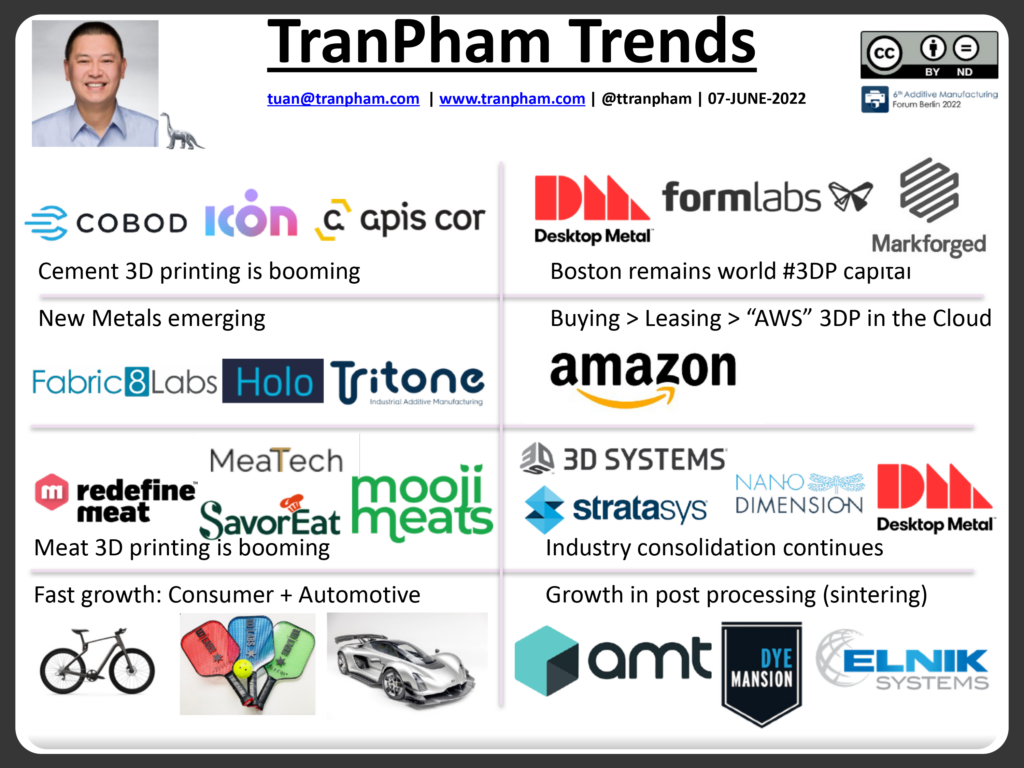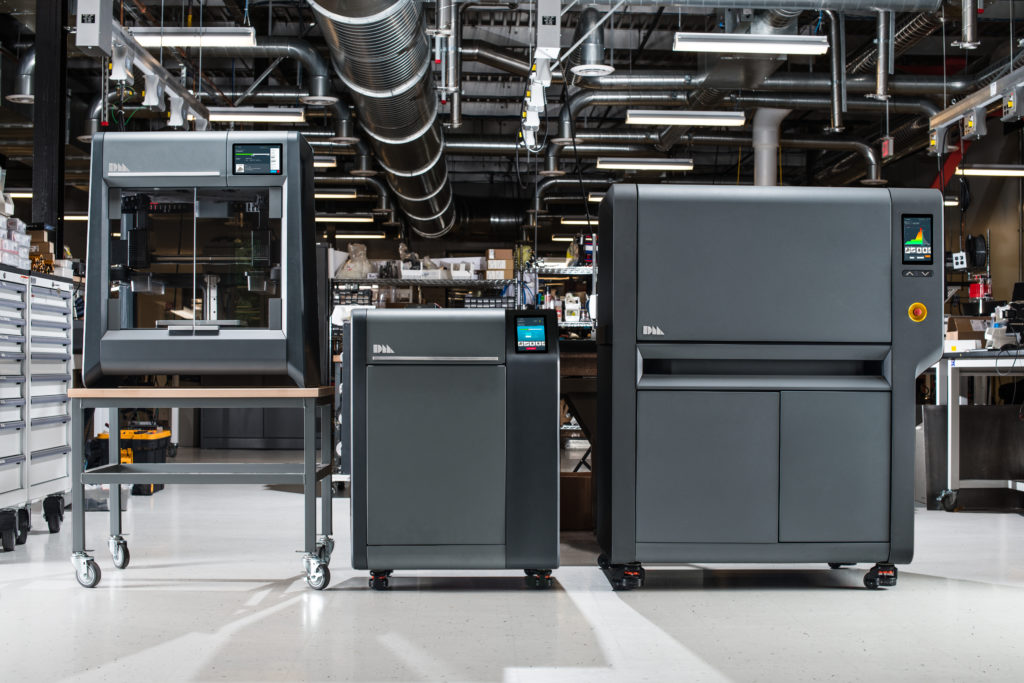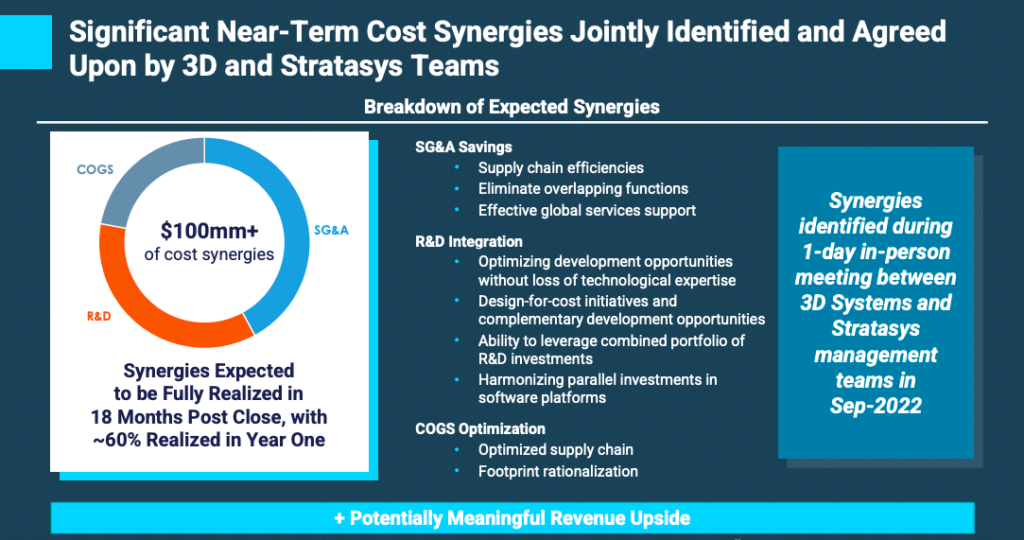The 3D printing industry is currently undergoing its biggest change in a decade, with the sector’s most valuable pure-play company, Stratasys (Nasdaq: SSYS), involved in negotiations to merge one of several other businesses: 3D Systems (NYSE: DDD), Desktop Metal (NYSE: DM), and Nano Dimension (Nasdaq: NNDM). Those who have been following additive manufacturing (AM) may know that there’s one individual with a unique perspective on the matter, given that he’s actually worked at three of the four firms participating in these discussions.
Tuan TranPham not only served at Stratasys, but at Objet, the Israeli firm with whom Stratasys merged in 2012. He also worked for binder jetting pioneer Z Corp covering Asia Pacific region before moving onto the business that bought it, 3D Systems. And, from 2016 to 2019, he was with Desktop Metal as Chief Revenue Officer. The only company involved in the current merger activity with whom he hasn’t had a position is Nano Dimension, but there’s always time for that.
Through his two decades of experience in 3D printing, Tuan witnessed the first mini-mega merger in our small industry with the Objet-Stratasys combination in 2012. He then lived through GE’s acquisition of Arcam in 2016, then the only manufacturer of electron beam powder bed fusion systems on the market. Given his experience in AM upheavals, we asked Tuan for his insight into the current one.

In a graphic Tuan TranPham made for LinkedIn in June 2022, he highlighted industry consolidation as a trend in 3D printing, incidentally using the four logos of the firms involved in the ongoing discussions surrounding a merger with Stratasys as examples.
“20 years ago, the world was much simpler. There weren’t many players and not many products under $100,000. I joined 3D Systems in 2010 and it bought Z Corp following year. I was at Stratasys in 2012 during the reverse merger with Objet,” TranPham said, wearing a Stratasys t-shirt as an ex-Stratasys employee. “So, number one, 3D Systems, bought number four, which was Z Corp, and then number two, Stratasys, merged with number three, Objet. I guess every 10 years you should expect some kind of consolidation. Right now, Stratasys is like a prom queen. Everyone wants Stratasys.”
The Sales Channel is Key: Desktop Metal
Despite all of the exciting technical possibilities and vertical applications for the products sold by all of the companies involved in the merger discussions, Tuan sees the real value in the distribution channels. After all, he’s known for his work in leveraging those channels for the companies with whom he’s worked. In large part thanks to its historical partnership with Dassault’s SOLIDWORKS, Stratasys is known for having the best distribution channel in the market.
“It’s all about a value creation. If you talk about value creation, who’s actually the revenue generator for the prom queen? Well, it’s mainly pure channel. I’ve worked with that channel. Even HP tried to get into Stratasys channel in 2016 but they were block due to product overlap. I penetrated that channel for Desktop Metal and taught that channel selling metal solutions which Stratasys did not offer, not even today. So, they will sell both Stratasys and Desktop Metal,” Tuan said.
TranPham pointed out that, so far, the media has not spoken to the five top resellers in the industry to get their perspectives on the merger. When you consider the overlap of the various possibilities—Stratasys + 3D Systems, Stratasys + Nano Dimension, and Stratasys + Desktop Metal—it’s the last combination that yields the greatest overall complementing portfolios.
“They want to sell Desktop Metal products and, now, it’s not just Desktop Metal’s products, but also EnvisionTEC and ExOne products. Even back then when I was at Desktop and it was just Desktop Metal, they already wanted to sell those products. Resellers are opportunistic. They are mostly selling CAD software, so anything adjacent to sell this new stuff to the same customer is easy. Financial transactions, relationships, accounting, vendor approval—everything is smooth. Just give them more products to sell to the same customer. The reason why they liked Desktop Metal, despite the fact that there was no product for two years and no revenue, was as a lead gen for marketing to sell all the other stuff,” TranPham said. “I’d rather sell Desktop Metal, EnvisionTEC, and ExOne products because they’re complementary to Stratasys.”
At the same time, the management at Stratasys finds value in the Desktop Metal deal, as well. Tuan pointed out that the Stratasys team gets to have control over Desktop, while Desktop CEO Ric Fulop maintains a position as Chairman of the Board. The smaller firm additionally gets a lifeline during a financial downturn.
Too Much Overlap: 3D Systems
As outlined in the most recent episode of Printing Money, Stratasys has actually been receiving proposals from the companies at the heart of this deal for about two years. However, the timing made it such that everything became public all at once. I theorize the reasons for the timing in a separate article. TranPham provided his own thoughts on the matter.
“If 3D Systems really wanted to do something, it would’ve done it much earlier. Why did Stratasys themselves announce a merger with Desktop Metal and not with 3D Systems? Maybe they’re doing it as a stunt,” Tuan said. Nevertheless, the offerings by Nano Dimension and 3D Systems have gotten to be so high that Tuan believes that the Stratasys Board has to consider them.
“I would still think that, no matter what happens, the channel will still want to sell Desktop Metal,” Tuan said. “I just don’t see it with 3D Systems and Stratasys. We are talking about two dinosaurs who have been dancing around all the trade shows for 20-plus years and never teamed up—all of a sudden, they want to buy each other. I don’t think it would be good for the industry because what happens is, with a lot of the overlap, a lot of products will probably be killed, a lot of people with talent will be let go. It’s not good for developing the industry, innovation, talent, or diversity of technology. I think that what happens next is that Stratasys might entertain the offer from 3D Systems. However, I think they’re going to try to find their way out of it.”
Buying Prestige: Nano Dimension
In terms of potential mergers, 3D Systems, Desktop Metal, and Stratasys have all hypothesized the value of a combined company. TranPham highlighted that all of these numbers are just speculative. In the backdrop of the amount of savings proposed by these firms, there is only one company involved that actually has guaranteed capital: Nano Dimension.
“Nano Dimension has a lot more cash than 3D System—period. They have a lot more money to play this game of Texas Hold ‘Em. They can keep restructuring the deal. They have leverage. It doesn’t have to be all cash. But they have a lot of laundry that needs to be cleaned up. I don’t think they’re going to leave the Stratasys management alone,” Tuan said. “Nano mentioned that it really doesn’t give a crap about the actual value creation in the sense that they just want control. They went through the stock being a few cents to a dollar to $2, raising over a billion dollars just for an ego trip to be able to buy and control the biggest, most respectable company in the industry. I think they’re fine with whatever happens, including Stratasys merging with Desktop Metal, as long as they have controlling ownership.”
Most recently, however, Nano Dimension suggested that it will pull out of merger discussions with Stratasys. Moreover, it will actually sell its shares in the company, potentially lowering its stock price. Meanwhile, it still has its pile of over $1 billion in cash and has said that it will explore other acquisition possibilities.
“I think Nano Dimension is interesting. It’s actually following Desktop’s model,” Tuan said. “If you think about it, most of Desktop Metal’s revenue did not come from selling products. It came from raising a lot of money, getting a high valuation, and then buying EnvisionTEC and ExOne, which is an amazing achievement. It’s amazing what you can do with money. With Nano Dimension sitting on $1.3 billion, there’s a lot they can do if they spend that money correctly. What would I do? I would maybe buy Xact Metal for affordable laser powder bed fusion and Sinterjet in Turkey for affordable, sub-$75K metal binder jetting.”
When all is said and done, the industry is still attempting to grow. A lot of that expansion is happening outside of labs of these legacy AM firms. This is a point that spurred SmarTech Analysis to publish its report titled “Emerging AM Technologies Analysis: 10 Companies to Watch.” TranPham agreed with this point, saying, “When we think about the last two to three years of stupid money, $2 billion infused through SPAC, private equity, and VCs—now, about 2,000 startups are flourishing. That’s the flourishing of the industry.”
Those startups may actually fuel the next wave of mergers and acquisitions that take place in the wake of Stratasys’s mergeracolypse. In our next article in the series, 3D printing’s most followed professional provides his thoughts on who what sort of competitor will emerge to take on Stratasys.
Subscribe to Our Email Newsletter
Stay up-to-date on all the latest news from the 3D printing industry and receive information and offers from third party vendors.
Print Services
Upload your 3D Models and get them printed quickly and efficiently.
You May Also Like
Reinventing Reindustrialization: Why NAVWAR Project Manager Spencer Koroly Invented a Made-in-America 3D Printer
It has become virtually impossible to regularly follow additive manufacturing (AM) industry news and not stumble across the term “defense industrial base” (DIB), a concept encompassing all the many diverse...
Inside The Barnes Global Advisors’ Vision for a Stronger AM Ecosystem
As additive manufacturing (AM) continues to revolutionize the industrial landscape, Pittsburgh-based consultancy The Barnes Global Advisors (TBGA) is helping shape what that future looks like. As the largest independent AM...
Ruggedized: How USMC Innovation Officer Matt Pine Navigates 3D Printing in the Military
Disclaimer: Matt Pine’s views are not the views of the Department of Defense nor the U.S. Marine Corps Throughout this decade thus far, the military’s adoption of additive manufacturing (AM)...
U.S. Congress Calls Out 3D Printing in Proposal for Commercial Reserve Manufacturing Network
Last week, the U.S. House of Representatives’ Appropriations Committee moved the FY 2026 defense bill forward to the House floor. Included in the legislation is a $131 million proposal for...



































